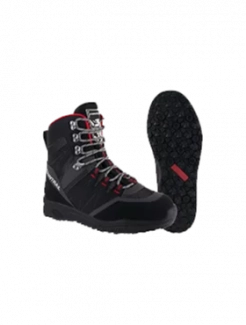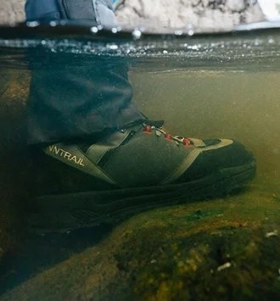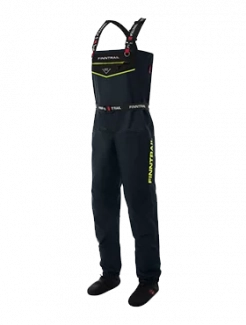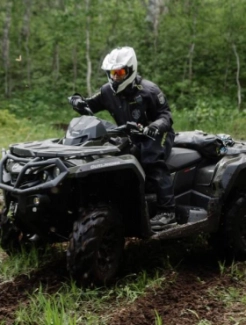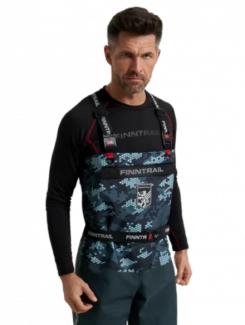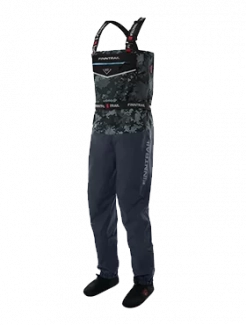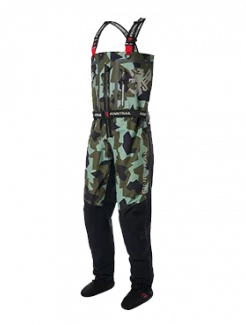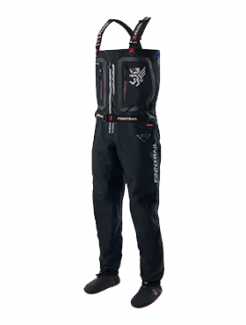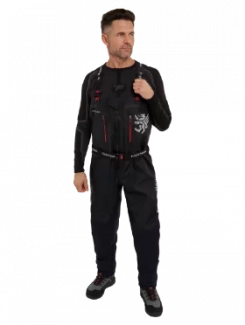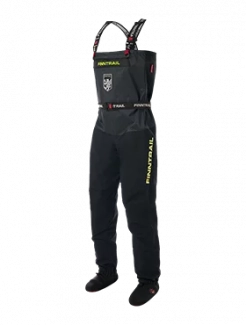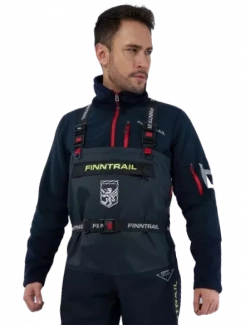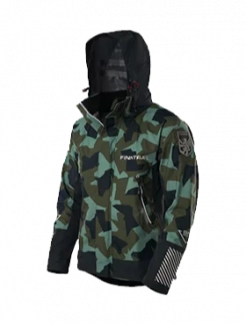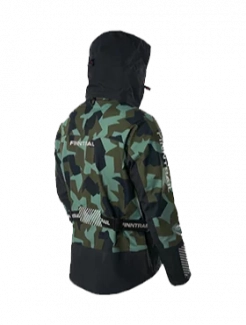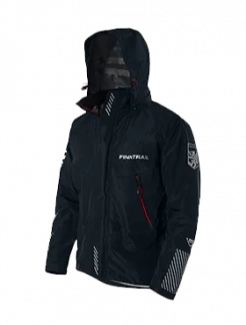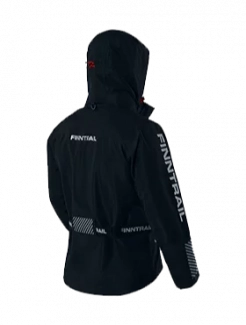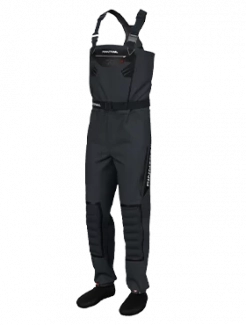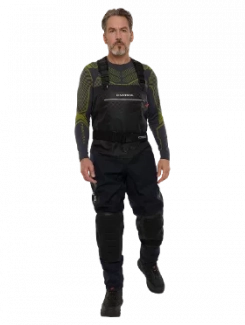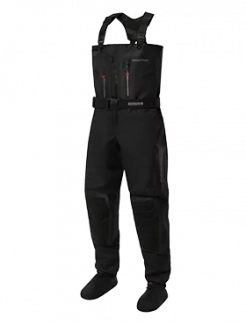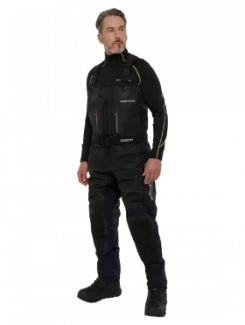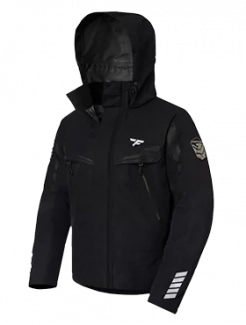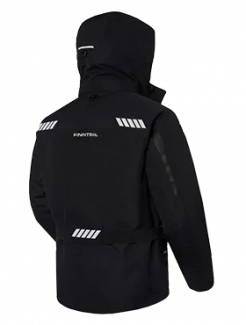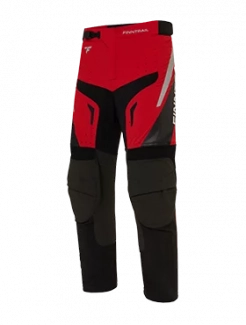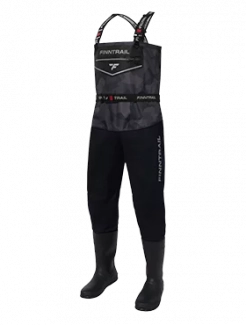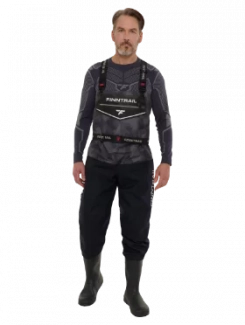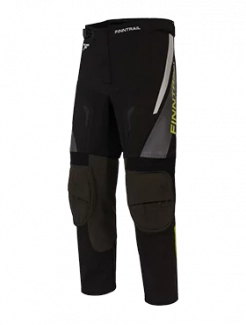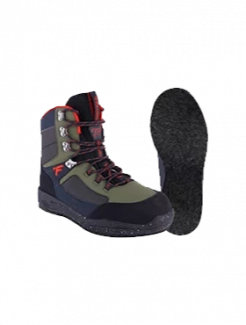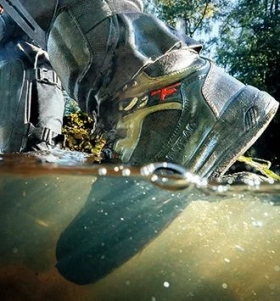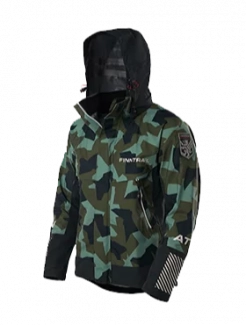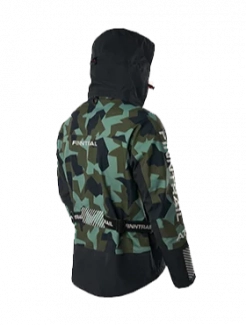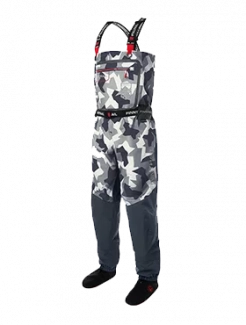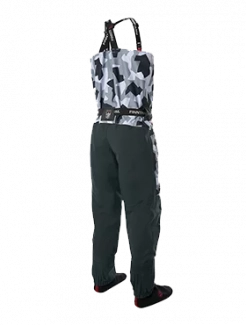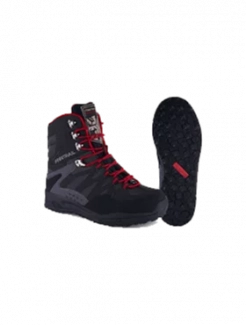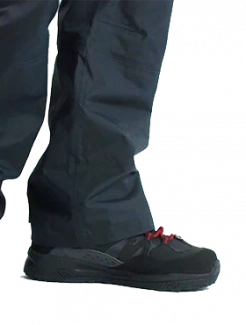Softshell vs. Hardshell: Which Off-Road Clothing Should You Choose?
When it comes to choosing the right gear for off-roading, jackets and pants aren’t just about comfort — they’re about performance and protection. It can be hard to choose between a softshell and a hardshell. The answer depends on your riding style, weather conditions, and what you prioritize most: flexibility or protection. Let’s break down the difference between hardshell and softshell clothing so you can make the best choice for your adventures.
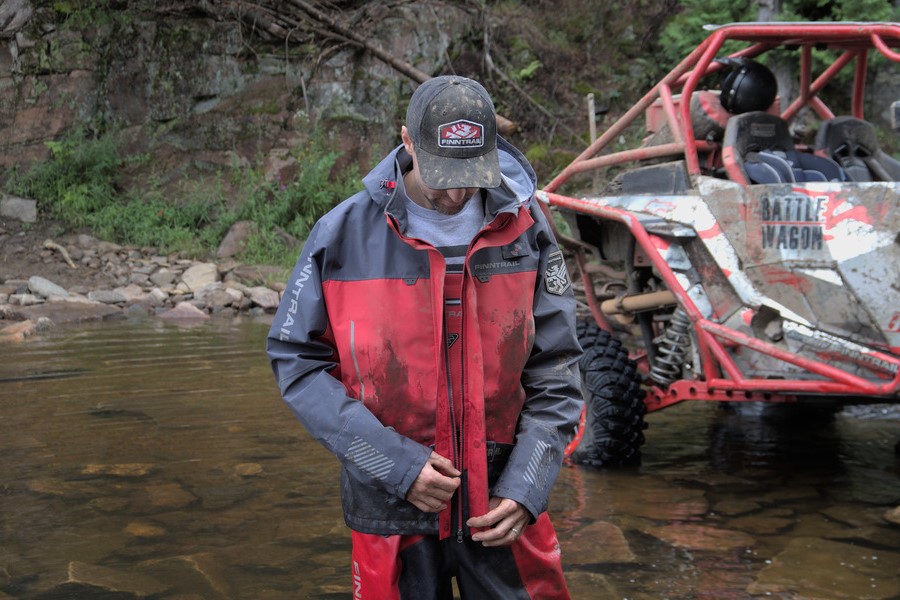
What Is a Hardshell?
Hardshell clothing is built with maximum weather protection in mind. Made from waterproof and windproof materials with sealed seams, hardshells are designed to keep out rain, snow, and biting wind. They’re often used in extreme conditions, whether you’re riding through a downpour, powering across snowy trails, or facing heavy mud.
Key features of hardshell jackets and pants:
-
100% waterproof with sealed seams
-
Windproof for maximum weather protection
-
More durable and resistant to abrasion
-
Slightly stiffer feel compared to softshell
Because of this, hardshells win when the forecast is harsh.
What Is a Softshell?
Softshell clothing focuses on comfort, breathability, and unrestricted movement. Instead of being completely waterproof, softshells use water-resistant fabrics that handle light rain or snow while letting moisture escape from the inside. This makes them great for high-energy rides where you don’t want to overheat.
Key features of softshell jackets and pants:
-
Highly breathable, great for active movement
-
Flexible material allows unrestricted riding comfort
-
Water-resistant (not fully waterproof)
-
Best for mild to moderate weather conditions
Softshells are the more comfortable option for active rides, while hardshells are better for mud, snow, and rain-heavy adventures.
Softshell vs Hardshell: The Main Differences
Here’s a quick look at the softshell and hardshell difference:
|
Feature |
Softshell |
Hardshell |
|
Weather Protection |
Water-resistant, wind-resistant |
Fully waterproof and windproof |
|
Breathability |
High — prevents overheating |
Moderate — can trap heat |
|
Durability |
Comfortable but less rugged |
Highly durable, abrasion-resistant |
|
Flexibility |
Stretchy, great for active movement |
Stiffer, less flexible |
|
Best For |
Mild weather, active off-road rides |
Harsh weather, heavy rain, snow, mud |
Off-Road Use Cases: Which One Should You Choose?
-
Trail Riding in Mild Conditions → Go with a softshell jacket and pants for flexibility and breathability.
-
Rain, Snow, or Mud Rides → A hardshell jacket and pants are the safer choice.
-
Mixed Conditions → Layering is key: wear a breathable base layer, then add a softshell for movement or a hardshell for full protection.
This way, you’ll always be prepared whether the sun is shining or the storm rolls in.
Final Thoughts
In the hardshell vs softshell debate, there’s no one-size-fits-all answer. For off-road riders, it comes down to weather, intensity, and personal preference. Hardshell jackets and pants are your shield against the toughest elements, while softshell gear offers freedom of movement and comfort for active days on the trail. The smartest riders often keep both in their gear arsenal — ready to adapt to whatever the ride brings.

